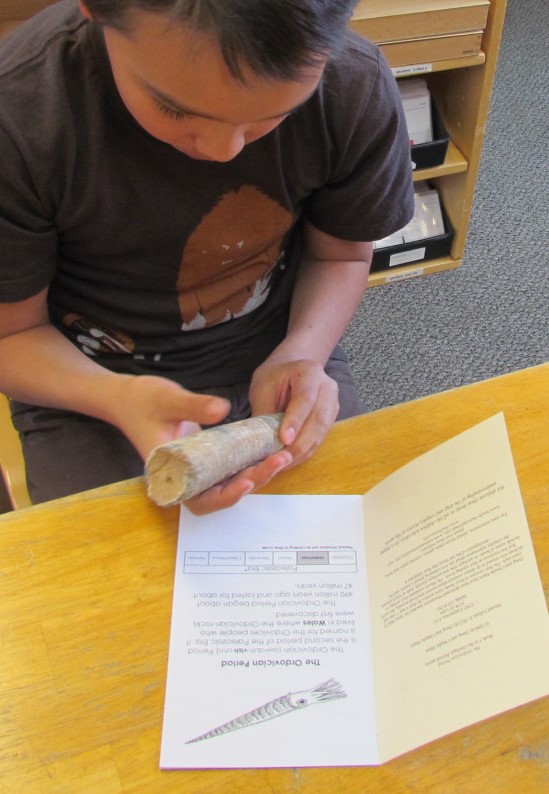“It is a psychic necessity that the child explores the environment; it satisfies his spirit.”
Maria Montessori, The 1946 London Lectures p. 134
When I faced a group of engaged Montessori students for the first time, I was flabbergasted! I’d never witnessed such enthusiasm, curiosity, and all-out abandon. They embraced the musical experience my quintet offered them with their entire being. Years later, I learned that it was likely the adult guides’ trust in the students that encouraged self-confidence and allowed the students to freely explore the concert environment we were providing.
The Power of Trust
Montessori teaches adults to trust the child; to trust in the student’s deep, natural, internal drive to explore, to learn and to master whatever their heart desires. She instructs us adults to inspire, to provide a stimulating environment, and to observe. We observe so we may know the students’ interests, what sparks their sense of wonder, and lights a fire in their soul.
Why then, do researchers and educators of different traditions, feel the need to compartmentalize literacy of all types into siloed lessons that force-feed, often at a firehose-fountain, information that fails to relate to ANYTHING that really matters to the student?
Put Yourself in a Child’s Place
When was the last time YOU tried to learn a skill that was totally unlike any skill you’d ever mastered? For adult learners, changing one’s mind about something may be the ultimate learning test. One must bring an attitude of openness, a true desire to unlearn current thoughts, beliefs, understanding or feelings, along with a willingness to face the emotions that come up as the learning unfolds.
“The absorption of the environment is an intellectual activity. It is a psychic necessity that the child explores the environment; it satisfies his spirit. After he has had the satisfaction of observing one.”
Maria Montessori, The 1946 London Lectures p. 134
Now imagine the experience for a child who says they want to learn to read. The teacher begins with lessons on phonics, a guide to reading a book, a nomenclature list of terms the student has never heard, and a litany of probing questions to see if the ideas are sinking in. YUCK!
Walking for Miles with a Child

What if, instead, you took a walk and talked with the students. You noticed the things that drew their attention and the level of interest they showed. What if you then brought a book to share. You talked about the pictures and how they related to the topic of interest. You talked about the vocabulary that applied to the subject and investigated the words themselves. You might look at the etymology or the spelling or both. You might play with the phonics to help the student
recognize patterns of letters. You could help the child write the words in the air, in a box of sand or on a piece of paper. You could pair them up with a friend to explore the book together, seeing what more they could learn from the story or about the people involved.
Most of the teachers I know would love to follow this way of guiding students. They want to see the spark in their students’ eyes and feel the fire in their bellies to grab hold of some intriguing corner of the universe. Let’s remember and practice what Dr. Montessori understood: that humans are learners by nature; it’s what we do. Then, in that remembering, we can provide the environment that truly trusts the child to be a homo sapien: the “wise man” they were destined to be.
